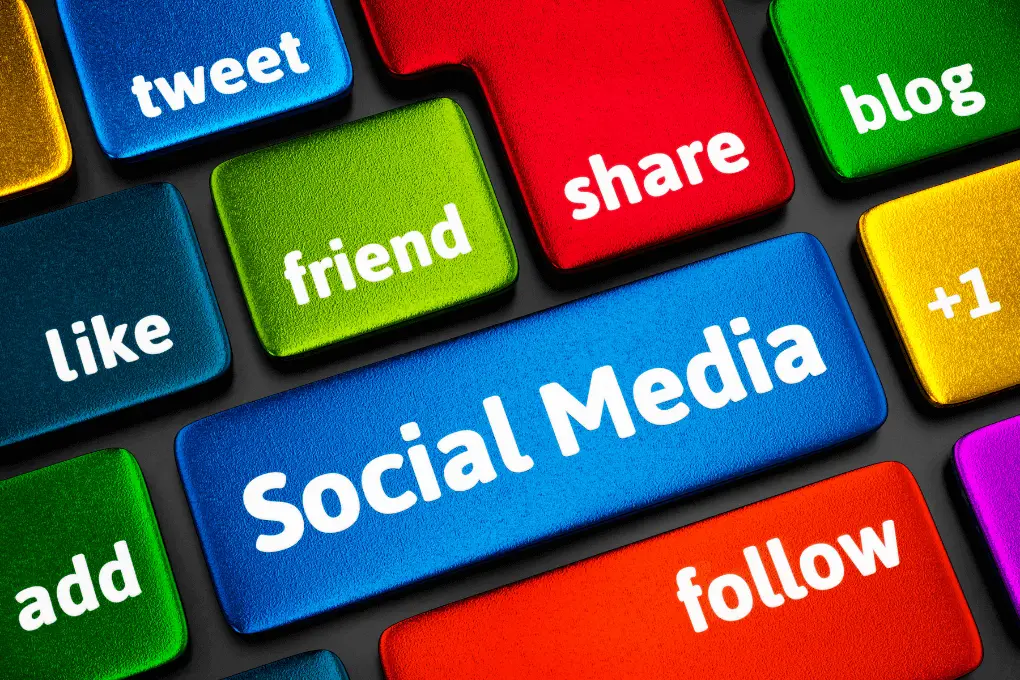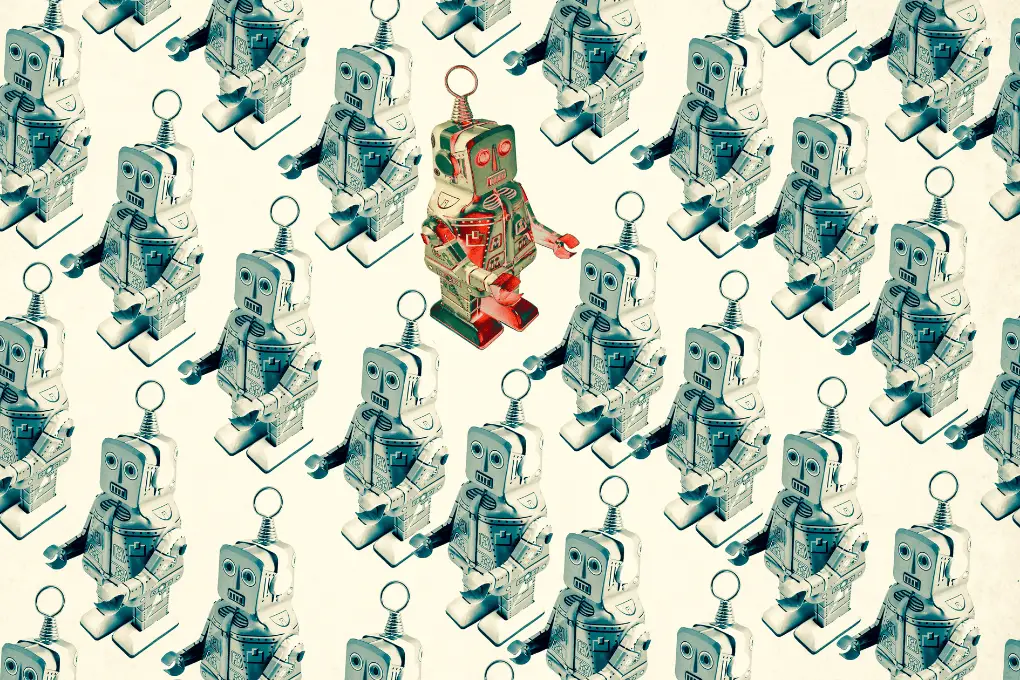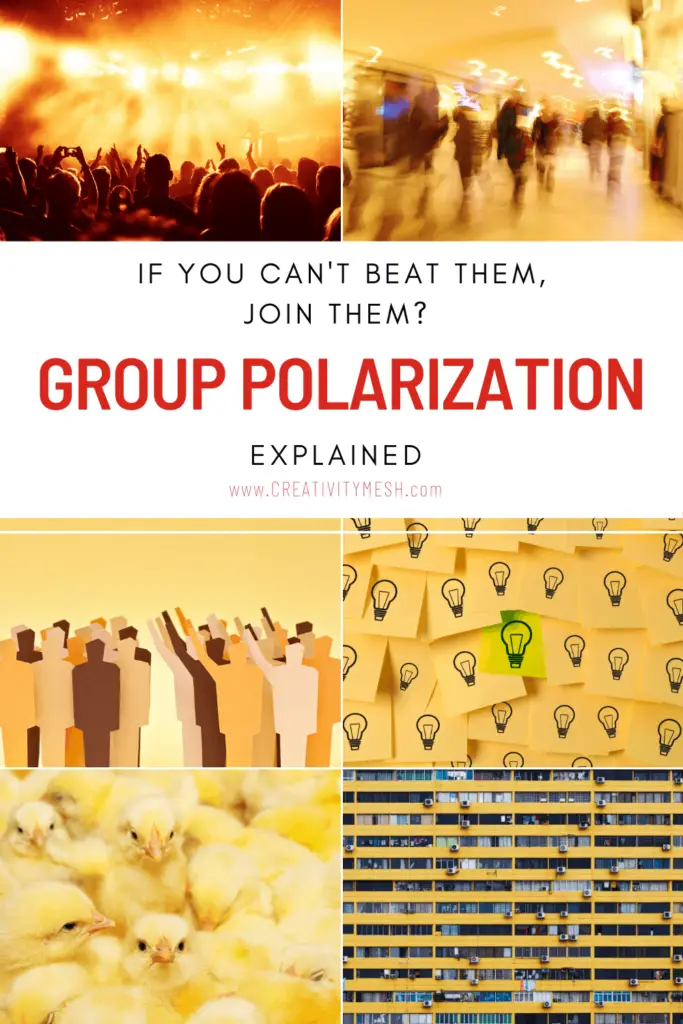What is group polarization?
Before we dwell deep into a question, let me ask you one thing:
Would you ever consider committing a crime?
Chances are, you would say no way right off the bat—no hesitations, no need to think twice.
You know it’s against the law. You don’t want to get arrested. But most of all, you’re aware that everybody is abiding by the rules to maintain peace and order.
But what if everyone else was doing something illegal?
Say you’re at a grocery store going for a supply run, when all of a sudden, the customers start stealing the products.
There they go, grabbing everything on the shelves and making a run for the door. Not one single soul bothers to pay.
Would you consider stealing then?
You might say no now for the sake of your conscience. But if you’re living that situation, chances are, you might pocket a can of soup and dash out the door.
That scenario is the perfect example of group polarization. Understanding this concept gives you a lot of insight into how the people around you affect the way you think.
What is group polarization, you might ask?
Read on to learn more.
[divider width=”full”]
Recommended Reading:
[divider width=”full”]
What is Group Polarization?

In social psychology, the concept of group polarization explains how a group thinks. It describes the tendency of a group to come up with more extreme decisions than the individual members’ decisions.
This phenomenon is most evident in jury deliberations.
A jury member’s opinion will strengthen when other members echo a similar argument.
As a result, the group will tend to adopt more extreme positions compared to the decisions they first made on their own.
In these extreme positions, the group can push for higher or less intense punishments.
Further research shows that group polarization occurs because of human nature.
In a supportive environment, you’re inclined to reinforce your attitudes. But in the face of opposing opinions, you tend to moderate your arguments.
How does Group Polarization happen?

Things can go from bad to worse during sports events. Crowds tend to become more aggressive when the game gets heated. One frustrated fan isn’t so bad, but take a hundred, angry supporters who want to burn the stadium down—now, that’s trouble.
Group polarization causes people’s attitudes to intensify. And in effect, their actions become extreme as well. But what causes a group to resort to such behavior? Here are some theories:
Social Comparison Theory
This theory suggests that people adjust their attitudes to fit in a group. Furthermore, new group members may push for a more extreme stance and cause others to adopt a similar view.
Social Identity and Self-Categorization
According to these theories, each person has developed a concept associating themselves to a specific group. Similarly, each person also perceives other groups of people into social categories. We often refer to this as stereotyping.
Information Influence Theory (Persuasive Arguments Theory)
The theory also explains that a member can be aware of the two sides of an issue upon entering a discussion. But in the end, they will most likely lean towards a stance that presents more substantial information.
The Internet: A Place for Group Polarization

The internet is a huge playground where you can meet people who are a lot like you. There are hundreds of online communities that share your interests—Pinterest, YouTube, Tumblr—you name it.
You might be a member of a cross-stitching enthusiasts group on Facebook. You might follow hundreds of Twitter users who idolize the same Korean celebrity.
There’s no harm in being part of these social media groups, especially if it’s all for fun and entertainment.
But whether you like it or not, the online communities you engage in have a great influence on the way you think. And without realizing it, you might have already succumbed to group polarization.
An example is this study about Twitter communities. The study found that the interaction of like-minded individuals strengthens their group’s beliefs. Additionally, the interaction of different-minded people reinforces the factors that divide them.
These findings say a lot about our preferences when interacting with people online.
Twitter presents a broad spectrum of opinions. Yet, most users would rather engage with like-minded groups. Although there were interactions between different-minded users, their discussions weren’t as meaningful.
Another study shows that Facebook communities have a similar pattern. According to this research, each Facebook user has at least five friends who share the same political views. Furthermore, the site’s algorithm functions so that users won’t bump into links and articles that are against their beliefs.
How Does Group Polarization Affect the Way Our Thinking?

Reid Hastie and Cass Sunstein conducted an experiment to observe the way people think in groups.
They gathered citizens from two different US cities. Then, they categorized the citizens according to their political standpoints. The two groups—Boulder and Colorado Springs—were then asked to discuss their views about a few political matters.
At first, individual members recorded their opinions anonymously. Then, they discussed such views together and aimed to decide as a group. When the group deliberation was over, the participants recorded their opinions again.
Hastie and Sunstein found three significant observations from the experiment:
- The group deliberation didn’t only intensify the group’s belief, but it also strengthened the beliefs of each member.
- Before the group discussion, some individuals had beliefs that overlapped with others. This shows internal diversity in their opinions. But after the deliberation, the beliefs of each member solidified with the standpoint of their specific group.
- There was less overlap with the opinions of the two groups after the deliberation. In short, the discussion between Boulders and Colorado Springs caused them to be further divided.
Producing a Group of Yes Men: The Effect of Groupthink

Have you agreed to a decision because of the pressure of your peers?
Let’s say you and your friends are in a restaurant and deciding which type of pizza to order. Everyone wanted a Hawaiian pizza, and you’re the only one who wanted Pepperoni. Deep inside, you know you despise pineapples on pizza.
But because of groupthink, you go ahead and agree.
Groupthink happens because a person doesn’t want to disagree with the majority. And so, they refuse to bring new ideas to the table. They may also shy away from contradicting others to avoid conflict.
When members of a group succumb to groupthink, they are often pressured into agreeing to avoid being left out. As a result, members become “yes men”—people who agree for the sake of the group’s harmony.
This might seem like a favorable setup. But, being a yes man has detrimental consequences to you and other people in your group. Here are some of the effects of groupthink:
- Decision outcomes are dysfunctional, irrational, and lacks critical evaluation;
- Without constructive criticism, mistakes are more likely to happen again;
- Due to the fear of change, there will be no innovation and development within the group;
- Most members become unaware of the current and potential problems;
- There’s very little room for the members to be unique and creative;
- Members cannot think for themselves. This causes them to do things that they wouldn’t have done on their own;
- The group develops a false sense of confidence. They think they are invulnerable and perfect. This thinking negatively impacts the group’s performance; and
- There’s an exclusion of people with different beliefs and opinions.
[divider width=”full”]
Recommended Reading:
[divider width=”full”]
Why is Groupthink Dangerous?

Groupthink in organizations and communities can be dangerous. The in-group believes that they are invulnerable and dominant, and as a result, they can underrate people from the out-group.
Take Ku Klux Klan, for example. Ku Klux Klan is a hate group that pushed for a white-supremacist agenda. They were racist against people of color. They have openly discriminated against and done horrifying acts of violence against Black people to push forward their beliefs.
As you can see, groupthink causes prejudices to reach extreme measures. Powerful groups with discriminatory institutions can be a threat to people whom they consider as “others.”
And so, it’s necessary to dispel groupthink before it gets worse.

One of the cures for groupthink is diversity.
It’s important in a team to select members with various backgrounds and are from different cultural settings. Having an equal number of men and women is also effective in forming a balanced group.
Communication is also a key factor. As a leader, you should foster an environment where everyone is free to get involved with the decision. This means you should encourage alternative solutions and value critical feedback.
Lastly, don’t be afraid to explore the unknown. Look at the opposite side of things and put yourself in the shoes of people who think unlike you. This way, you not only become open to others, but you also become more creative in the way that you think.
Conclusion
It’s only human nature to look for communities where you can feel that you belong. But in doing so, it might be helpful to take our mothers’ advice: don’t you go mixing with a bad crowd!
Have you ever seen an effect of group polarization? Share your thoughts down below!

Disclaimer:
This post may contain affiliate links. Meaning, if you click on one of the product links, I will earn a small commission at no cost to you. Thank you for supporting Creativity Mesh.






Echo chambers may amplifies the biassness and polarisation of matters. Diversities in social media may balance the impacts with their own views and thinking. ???